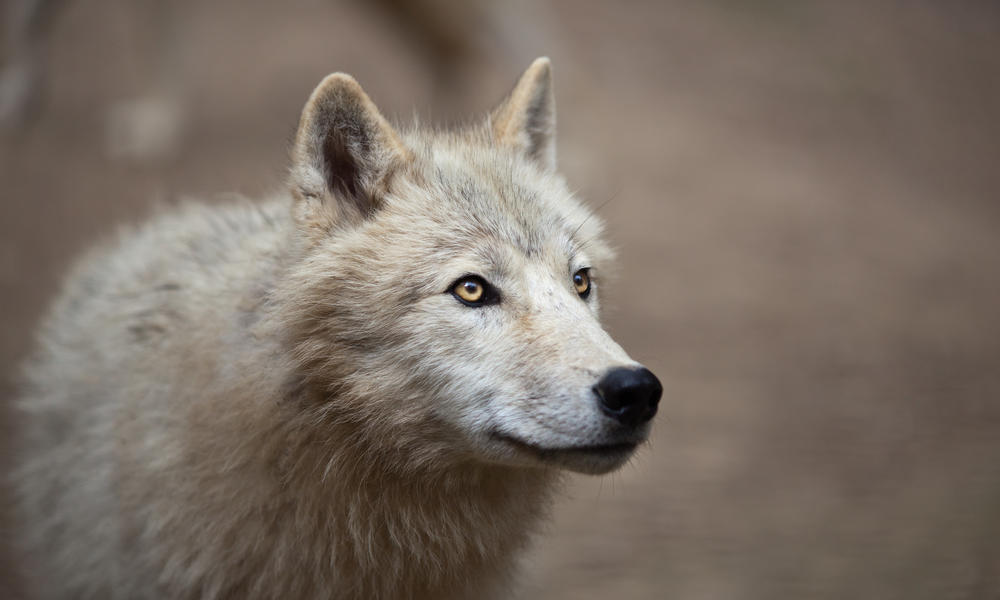

Their main sources of food are musk-oxen and caribou which they usually stalk and hunt in packs. They eat a wide variety of food available in their territory. DietĪrctic wolves are apex predators and are carnivores.

Like many dog species, wolves position their bodies and their tails to indicate emotional and behavioral signals such as being aggressive and showing their teeth, growling, and tail up or swaying, through to more permissive stances, with ears folded back and their bodies lowering closer to the floor. Sometimes a chorus of howling can often precede a hunt for food. Often this happens first thing in the morning and Pups will try to join in too. Howling also has the effect of creating a community spirit within the pack, which is why they often howl in unison. They also use it to locate themselves to other pack members, and for other communications reasons too. They howl to ward off other packs from their territory, a wolf howl can travel long distances in the wild. The Arctic Wolf communicates with the help of various voicing sounds, and the position of its tail. Females in most wolf geographical populations typically weigh 5–10 lb (2.3–4.5 kg) less than the males. The average wolf measures 41-65 inches (105–165 cm) in length and 31-33 inches (80–85 cm) across the shoulder. With the tail measuring around 11-20 inches in length.Īrctic wolves are bulkier than their relatives (grey wolves) and can weigh between 100 to 170 pounds. This all serves to reduce exposure to cold temperatures. Physically, Arctic Wolves are smaller than other subspecies such as grey wolves, their muzzle is shorter and their ears are also smaller and more rounded. The color of the fur of an adult Arctic wolf is white.Īt the time of birth, Arctic wolf pups also generally have darker fur than adult wolves and can appear brown in color. Physical AppearanceĪlso, when they’re born they have blue irises, these gradually change to yellow-gold or orange as the pups grow. At the time of the Ice Age, wolves were forced to survive in what would then be colder regions, which then naturally led to their adaptation into that environment. EvolutionĪccording to scientists, Arctic wolves evolved 50 million years ago from other families of canines. Wolves are present in North America, Canada, Greenland, and within the central mass of Asia.ĭue to human involvement, their population has vastly decreased from areas like Europe, but they are equally present in the areas of Alaska where the human population is much lower – they thrive in areas with more extreme weather and where the human population is therefore fewer. They spend much of their time traveling their territory to seek out prey, only remaining in one area to rear their young. The land where they live is usually always covered by ice and snow, except for a short period of the summer season. The Arctic Wolf’s scientific name is “Canis lupus arctos“, these wolves belong to the “Canidae” family of carnivores and the Arctic wolf is a subspecies of the famous Grey Wolf.Īrctic wolves thrive in the arctic tundra ecosystem.

Mainly as it has a familiar-looking snowy white fur to it. The Arctic wolf is also known as Polar Wolf or White Wolf. Read on, or check out the video at the base of the article. Help understand and preserve these wonderful creatures by learning more about them. Here are 20 must-know facts about the Arctic Wolf.


 0 kommentar(er)
0 kommentar(er)
